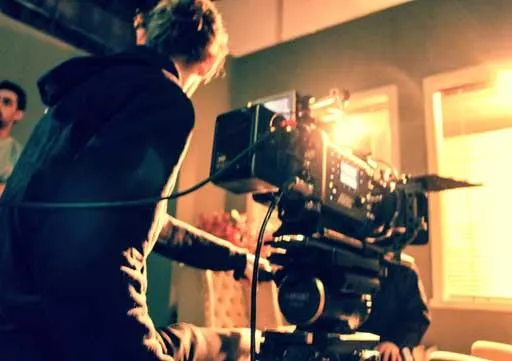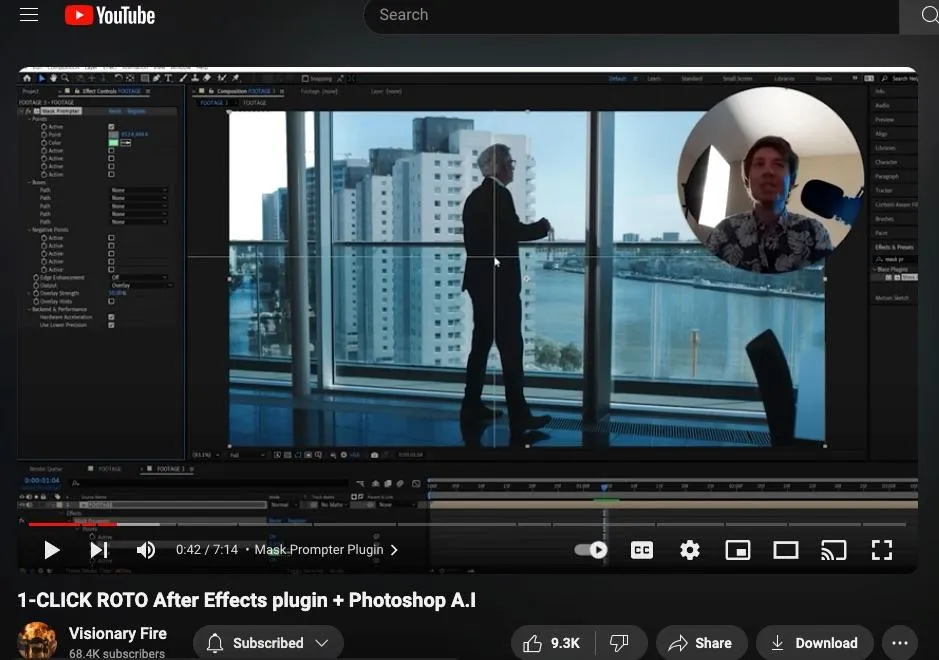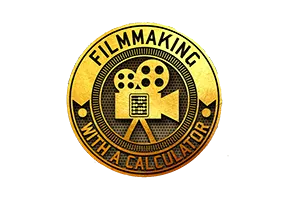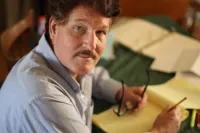CreativeExplorer-MichaelMandaville.com
I work in Film. I live in Martial Arts. I thrive in Imagination.
Filmmaking
Media, Film, Streaming, Story

Filmmaking
Filmmaking here with articles, tech, story and other stuff to learn, inspire and maybe piss you off as in "Why didn't I know that before!" Believe me, happens to me all day long. Always more to learn and strategize for greater success and Joy in this amazing filmmaking world. I enjoy action films but really good ones in what I like to call "Arthouse Action" which are films like "Die Hard", "Enemy of the State" and others with quick witted words coupled with quicker action. But make no mistake I prize and enjoy the Art of Cinema in many genres and eras.

Rotoscoping Future
Rotoscoping is one of the most tedious jobs I remember doing in the early days (I won't say how early) of Adobe AfterEffects.
From Wikipedia:
Rotoscoping is an animation technique that animators use to trace over motion picture footage, frame by frame, to produce realistic action. Originally, live-action movie images were projected onto a glass panel and traced onto paper. This projection equipment is referred to as a rotoscope, developed by Polish-American animator Max Fleischer.[1] This device was eventually replaced by computers, but the process is still called rotoscoping.
I was paid over 2 weeks, quite well, though one can lose one's mind to rotoscope about 20 seconds of footage. At 30fps, that's 600 frames. I had to go frame by frame to make the various mattes, set the feathering, looks for edges and more. I could probably give a better description and detail but the job really gutted my deep interest in pursuing this skill as a career.
Leaping forward to today, the world of rotoscoping with AI capabilities can now do the job incredibly fast. AfterEffects is not as expensive as high end software like Nuke and Flame, etc., but financially accessible to creators everywhere.
Watch this video. The guy is pretty darn good at explaining and highly entertaining too.

